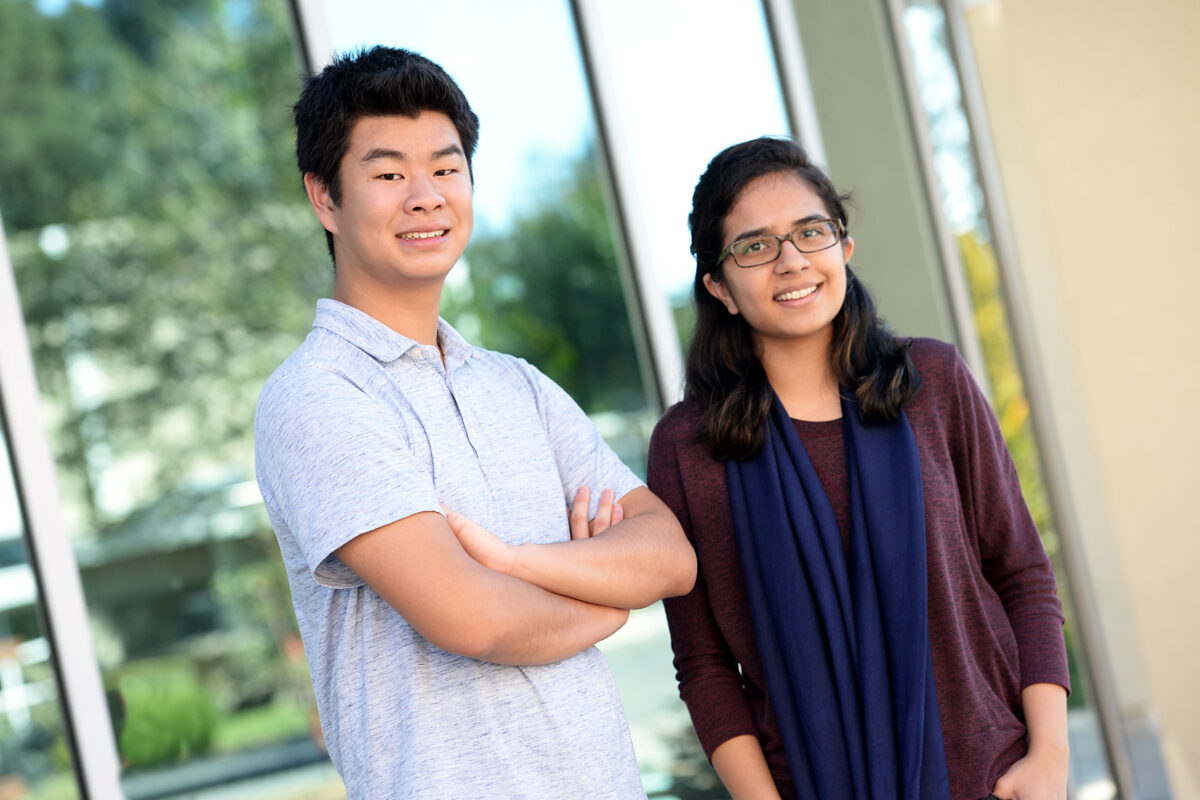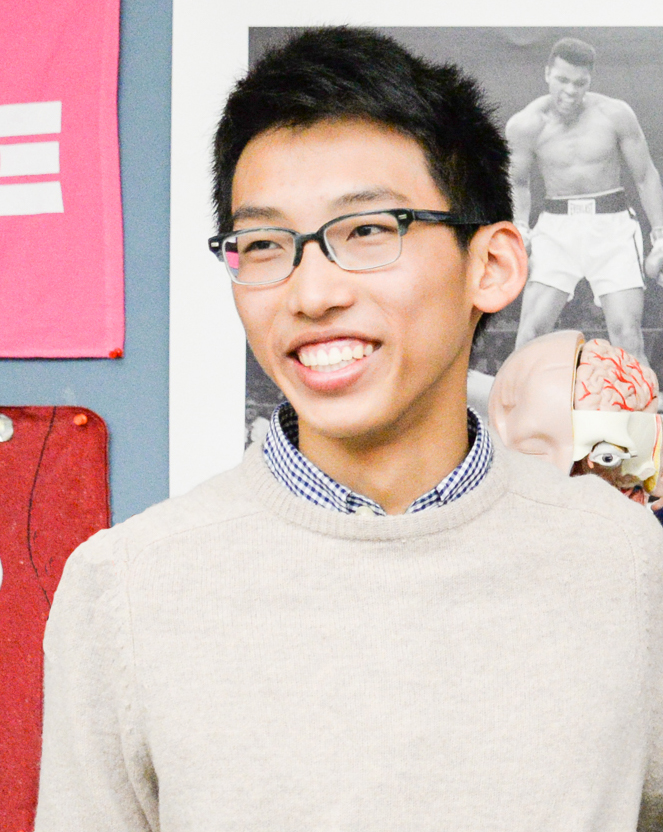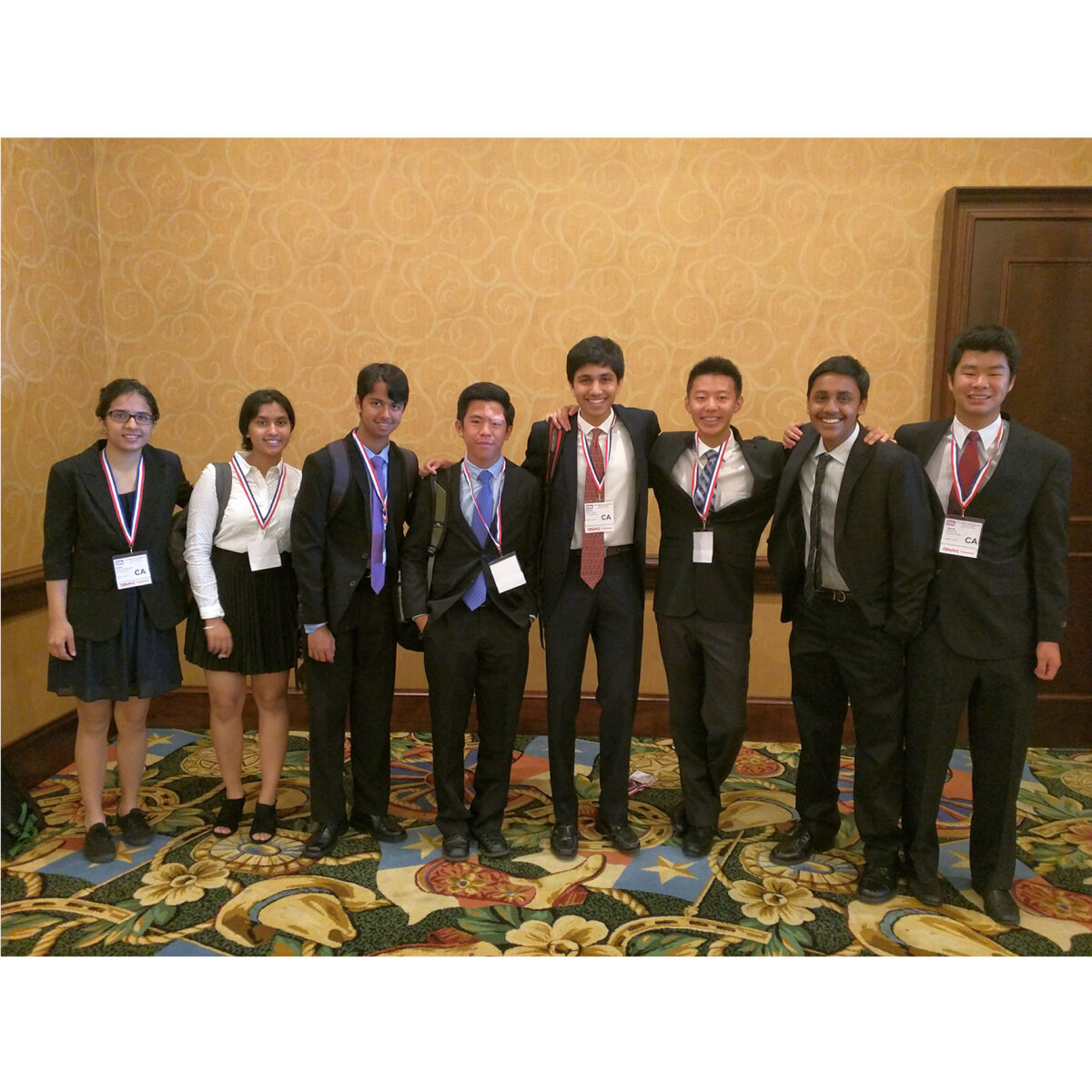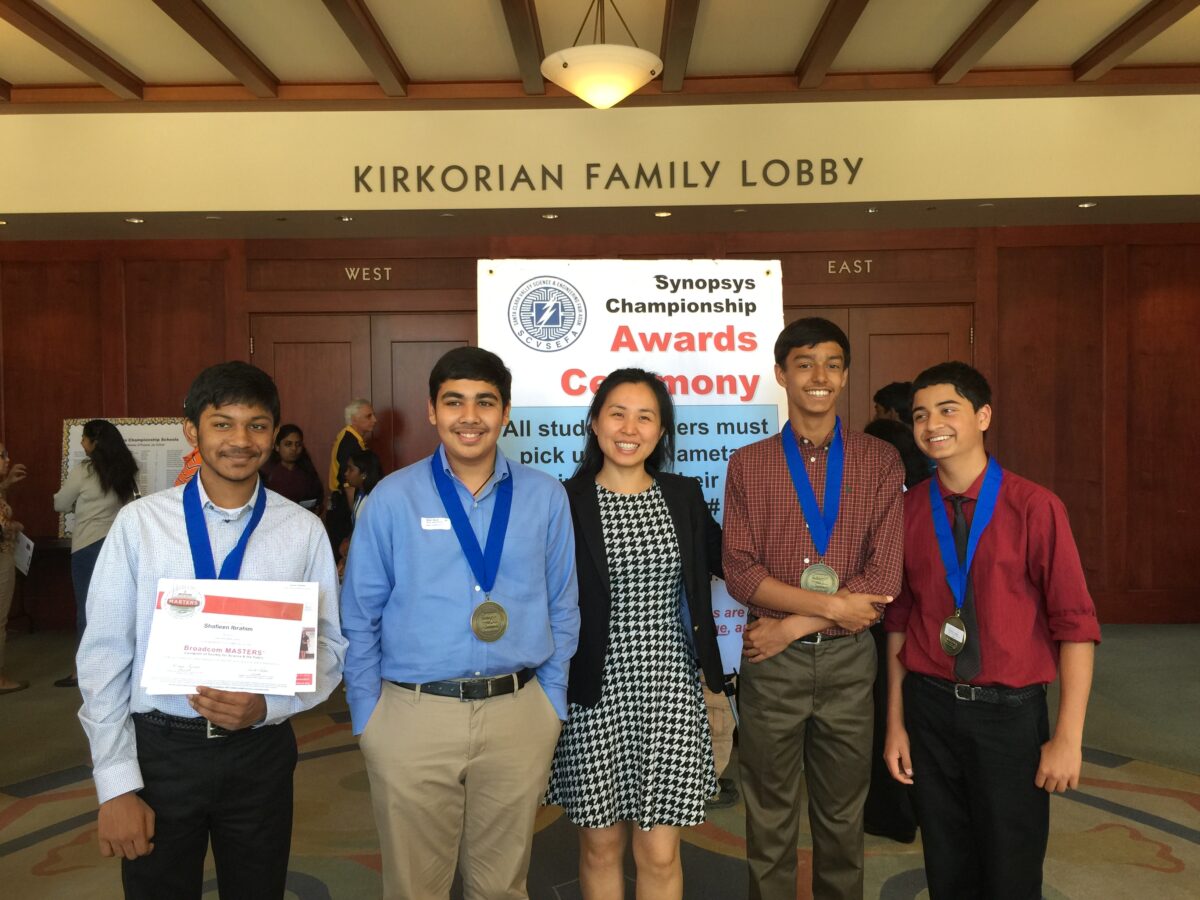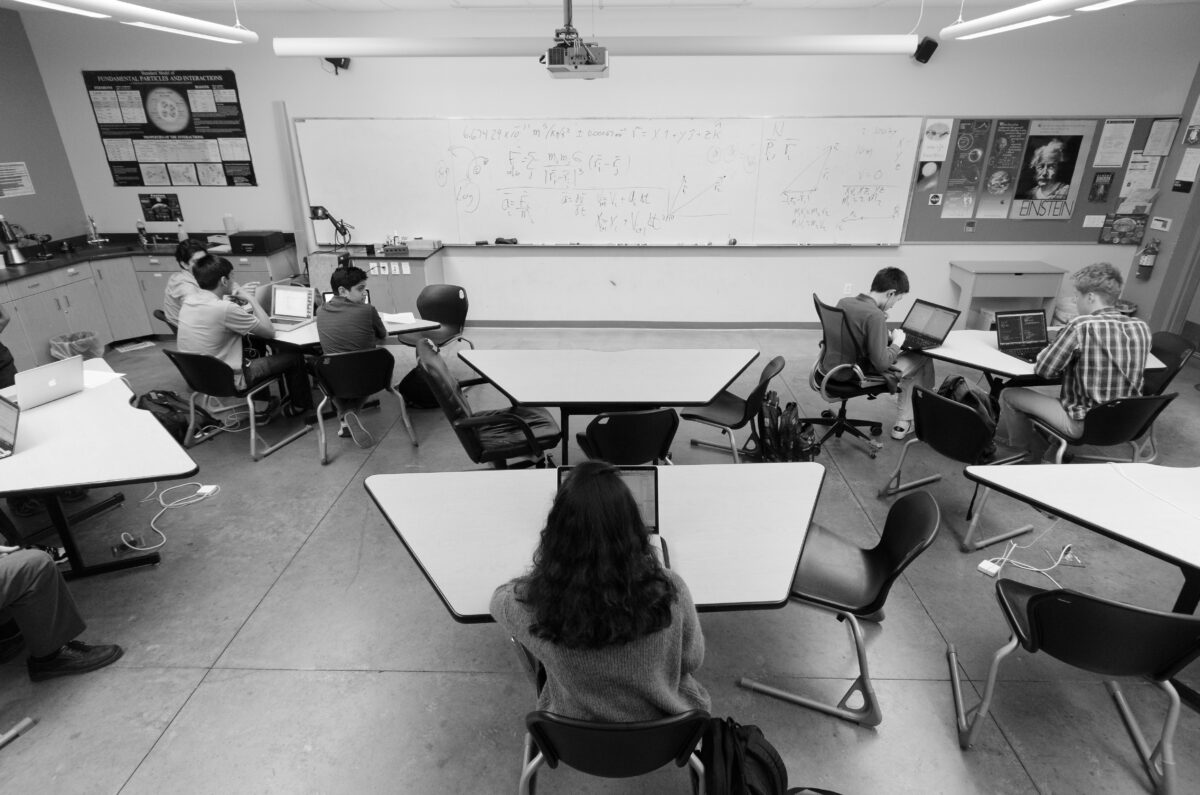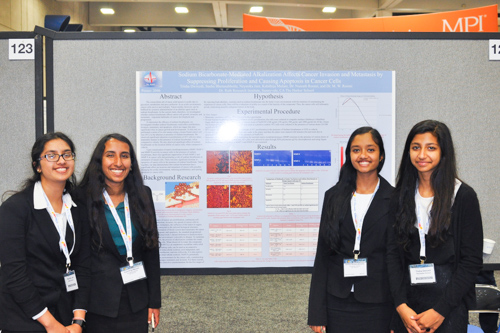UPDATE! Two Students Named Siemens Regional Finalists out of 13 Harker Semifinalists
UPDATE: Two students, Evani Radiya-Dixit and David Zhu, both grade 11, have advanced as regional finalists in the Siemens Competition in Math, Science & Technology!…
